Japanese Pantheon
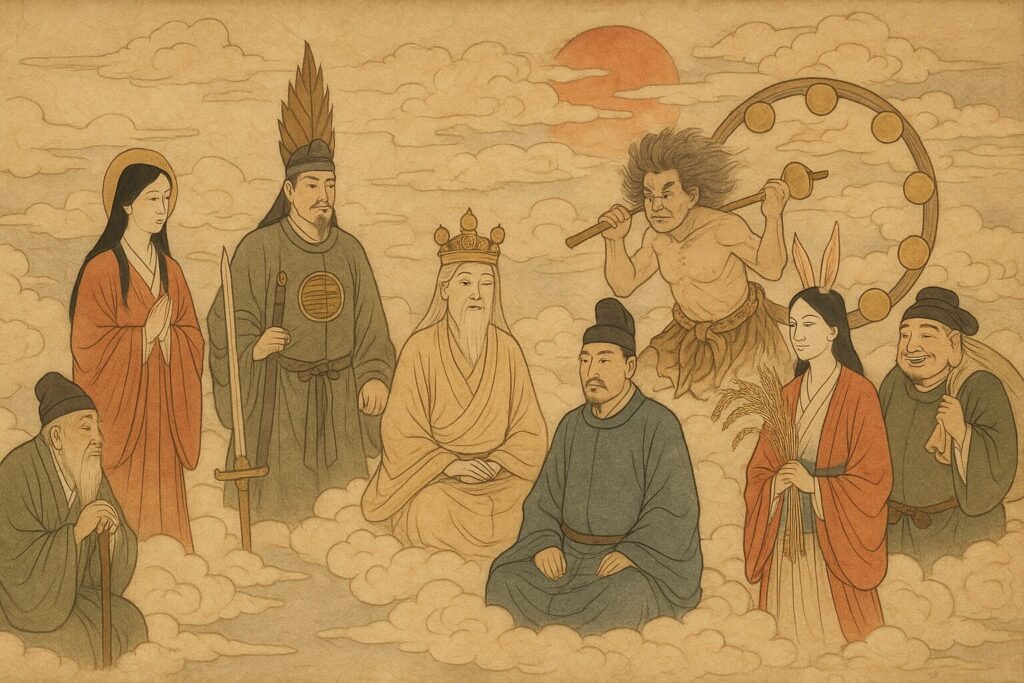
The Japanese Pantheon
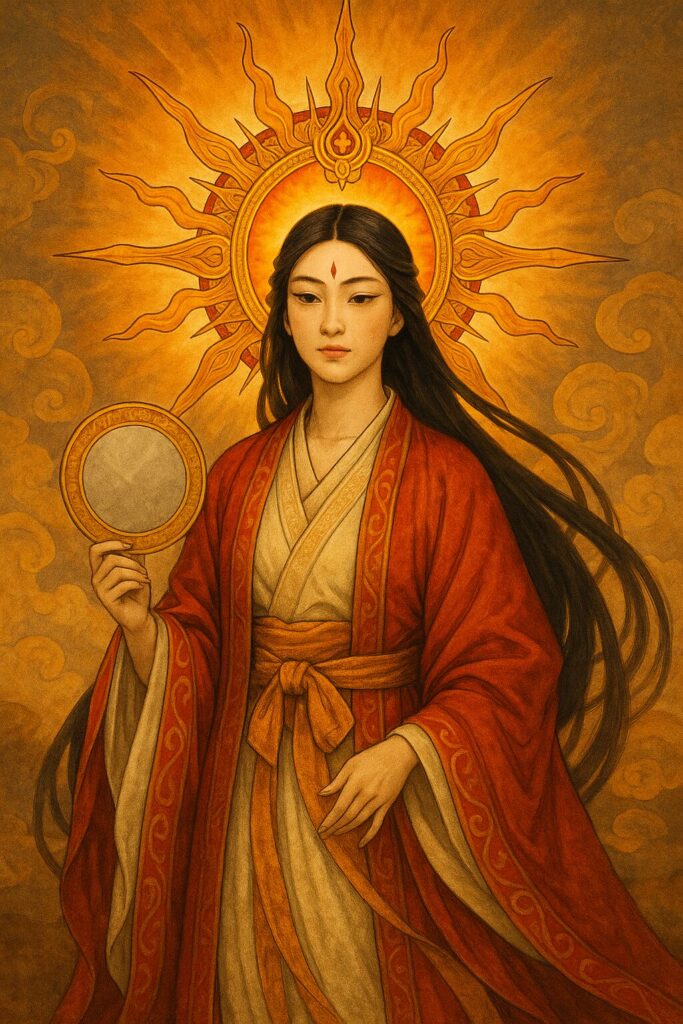
Amaterasu
The Goddess of the Sun and Ruler of the Heavens is the supreme goddess in Shinto mythology and the ruler of Takamagahara. She is the goddess of the sun, light, and life, and is revered as the ancestor of the Japanese imperial family. One of her most famous myths involves hiding in a cave after a conflict with her brother, Susanoo, causing the world to be plunged into darkness. She was eventually lured out by a divine mirror and ritual dance. Her symbols include the sun disk and sacred mirror.

Tsukuyomi
The God of the Moon is the god of the moon and Amaterasu’s brother. He is known for killing the goddess of food, Ukemochi, after she disgusted him by creating food from her body. This act angered Amaterasu, leading her to banish him, which is why the sun and moon are never together in the sky.

Susanoo
The God of Storms, the Sea and Chaos, known for his wild and uncontrollable nature. He was banished from heaven after offending Amaterasu, but later redeemed himself by defeating the eight-headed dragon, Yamata no Orochi, and discovering the legendary sword, Kusanagi-no-Tsurugi, within its tail. He is also worshipped as a protector against natural disasters.

Izanagi
The Primordial God of Creation is one of the creator gods, along with his wife and sister Izanami. Together, they formed the Japanese islands and gave birth to many deities. After Izanami died, he tried to rescue her from the underworld (Yomi), but failed, leading to their separation between life and death. When he purified himself afterward, he created Amaterasu, Tsukuyomi, and Susanoo.
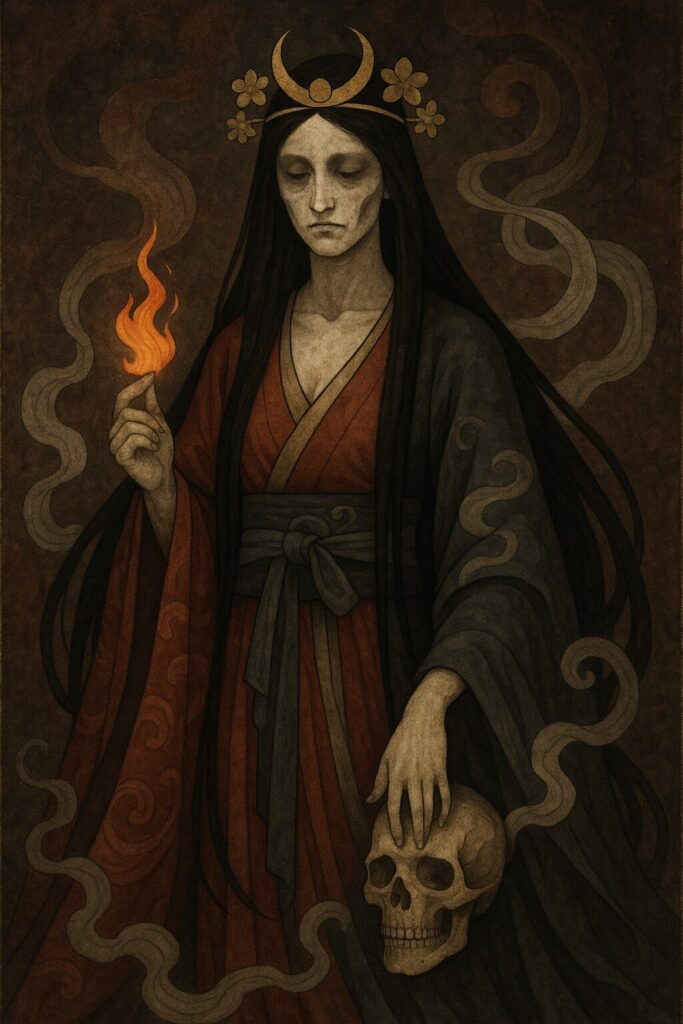
Izanami
The Primordial Goddess of Creation and Death is the wife of Izanagi, and the mother of many gods. She died giving birth to Kagutsuchi (the fire god) and became the ruler of the underworld (Yomi). When Izanagi visited her, she had already been consumed by death and could not return. She symbolizes the cycle of life and death.
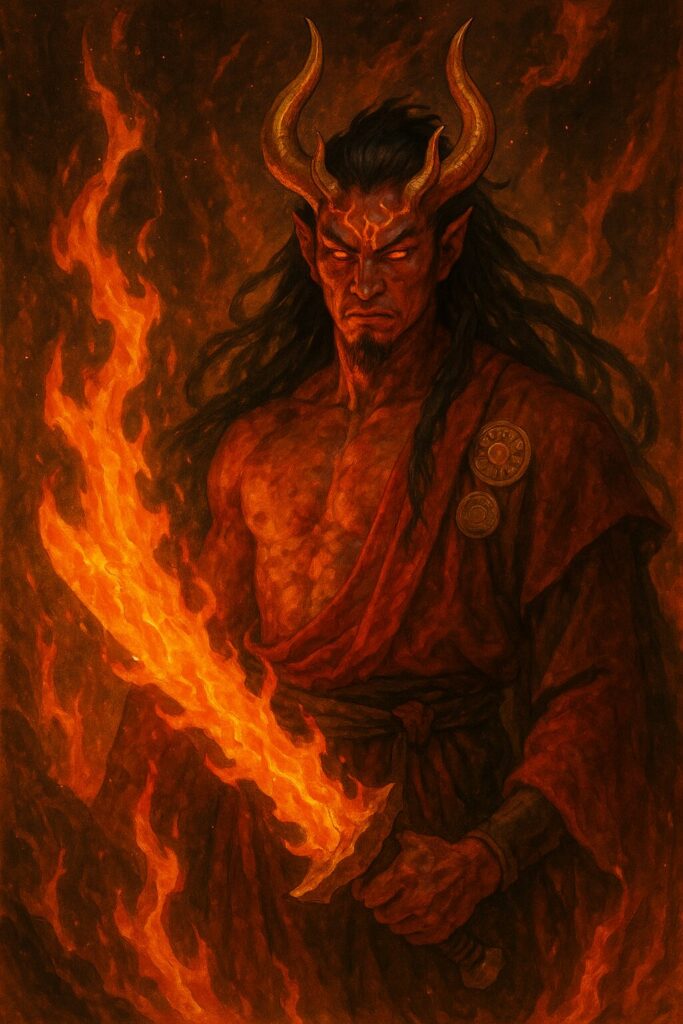
Kagutsuchi
The God of Fire caused the death of his mother, Izanami. His flames burned her, leading to her descent into Yomi. Enraged, Izanagi killed Kagutsuchi, and from his blood and body, many other deities were born, including gods of volcanoes and blacksmithing.

Raijin
The God of Thunder, Lightning and Storms is a fierce, red-skinned deity surrounded by drums, which he beats to create thunder. He is one of Japan’s most iconic kami and is both feared and revered, as he can destroy crops with storms or bring rain for a good harvest. He is often depicted alongside Fūjin (the wind god).

Fūjin
The God of Wind is a green-skinned demon carrying a large sack of wind. He and Raijin are often seen together in artwork, as they control storms, typhoons, and the weather.

Inari
The God/Goddess of Agriculture, Rice, and Prosperity is a gender-fluid deity. Inari shrines are among the most common in Japan, often marked by thousands of red torii gates. The god is closely linked with kitsune (fox spirits), which serve as messengers and protectors.
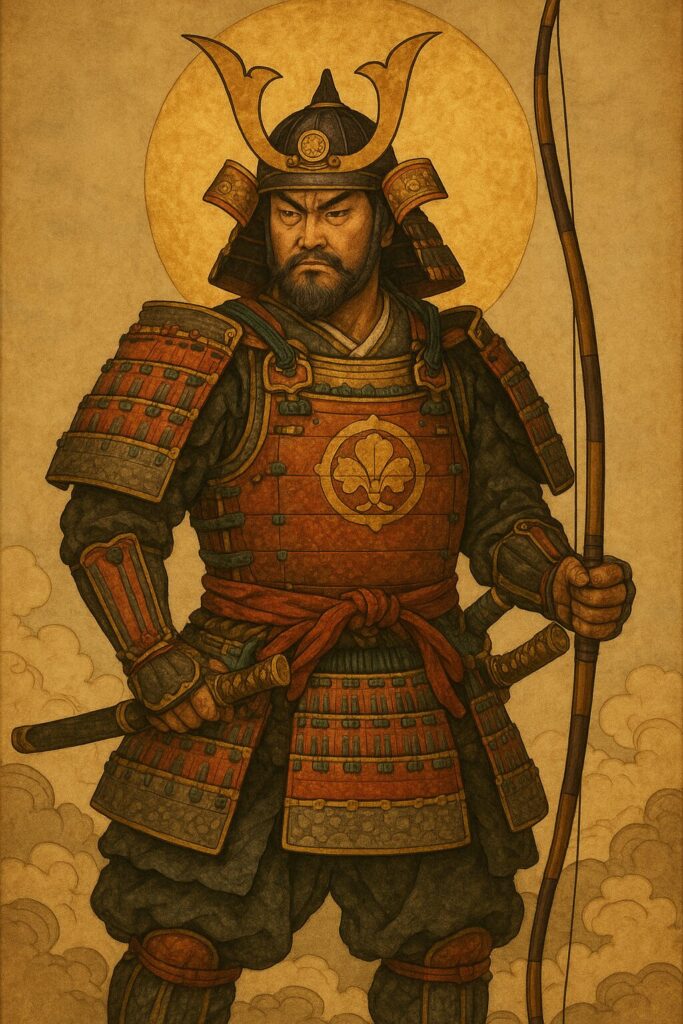
Hachiman
The God of War and Protection is the god of war, archery, and the protector of Japan. He is worshipped by samurai and warriors, as well as commoners for protection and prosperity. He is believed to have guided the Japanese military against invasions, including the Mongol invasions in the 13th century.

Ebisu
The God of Fishermen, Luck and Wealth is one of the Seven Lucky Gods and is associated with fishing, prosperity, and good fortune. He is often depicted as a smiling, bearded man holding a fish and a fishing rod. He is the only one of the Seven Lucky Gods who is purely of Japanese origin.
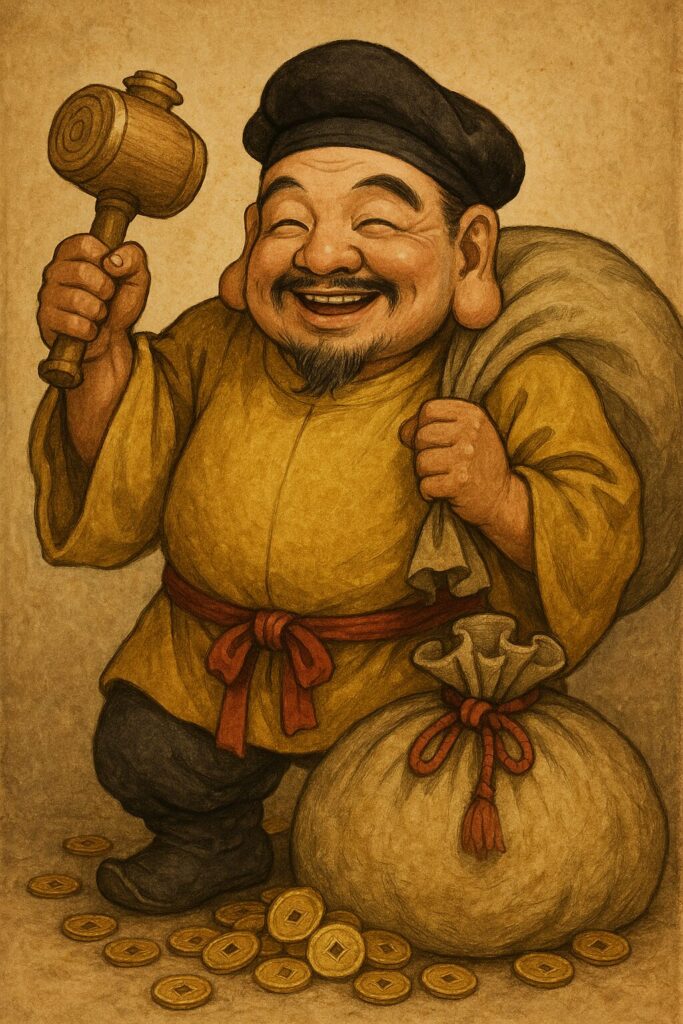
Daikokuten
The God of Wealth and Commerce is another of the Seven Lucky Gods. He is often depicted smiling, with a large sack of treasure and a hammer that brings fortune.
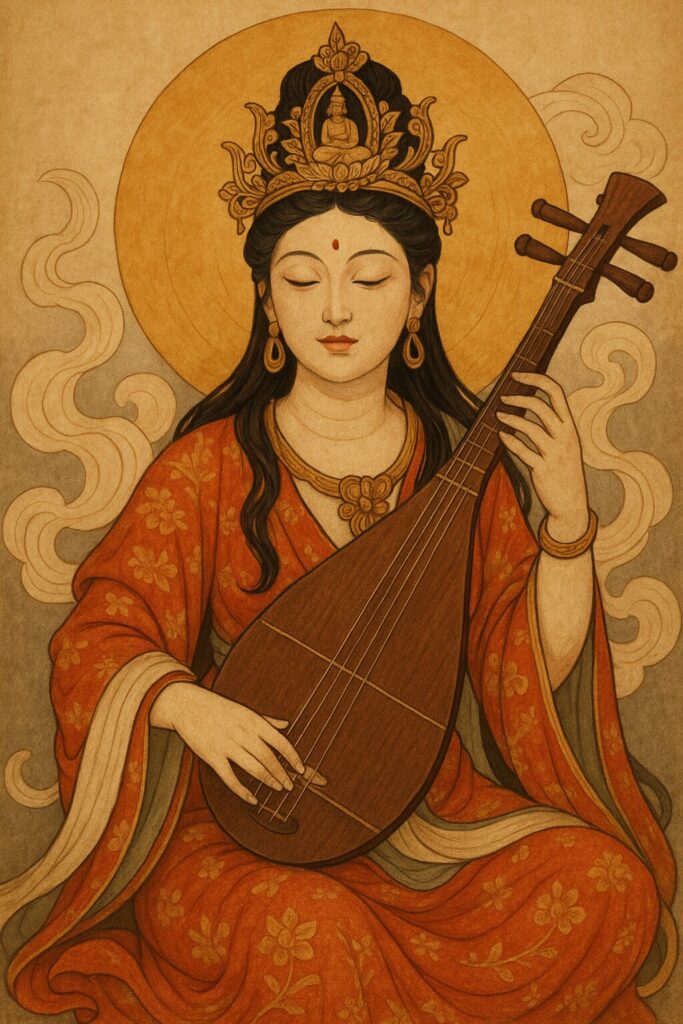
Benzaiten
The Goddess of Music, Art and Wisdom is with a biwa. She is associated with love, artistic talent, and prosperity, and she is often linked with Saraswati, the Hindu goddess of knowledge.
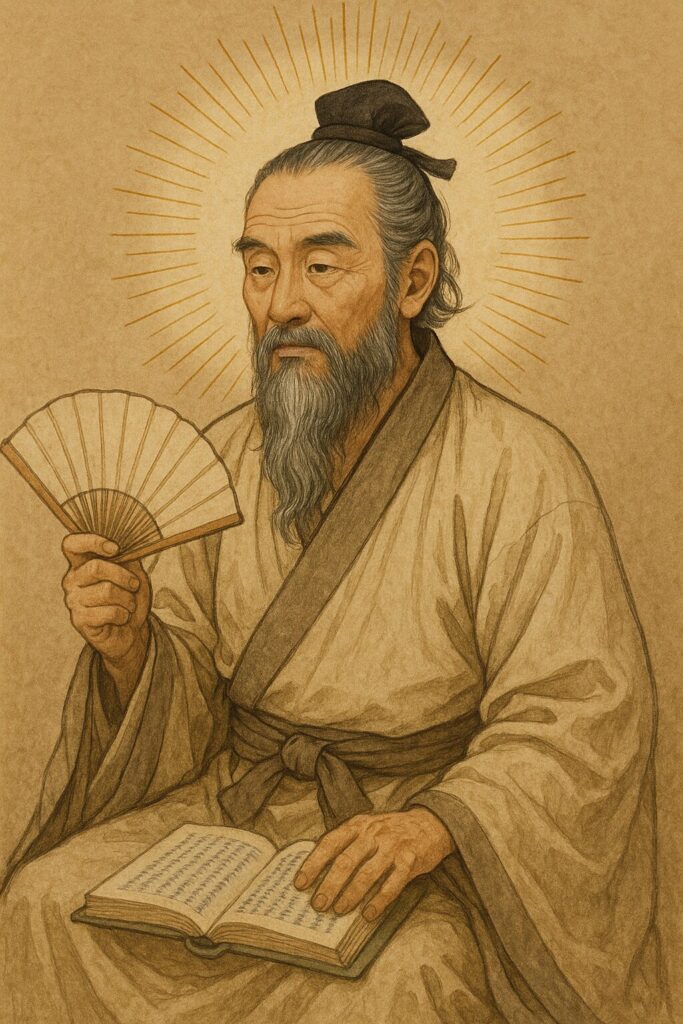
Omoikane
The God of Wisdom and Thought is called upon by other gods for problem-solving. He played a role in bringing Amaterasu out of her cave by advising the other deities.
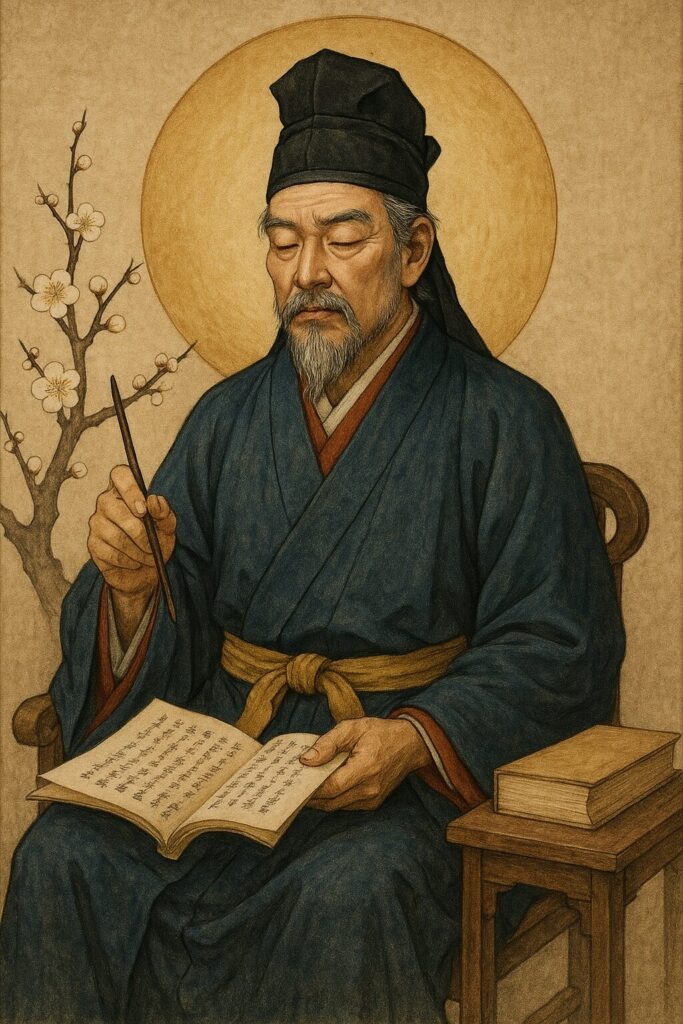
Tenjin
The God of Scholarship, Learning and Calligraphy helps students with their exams and studies.
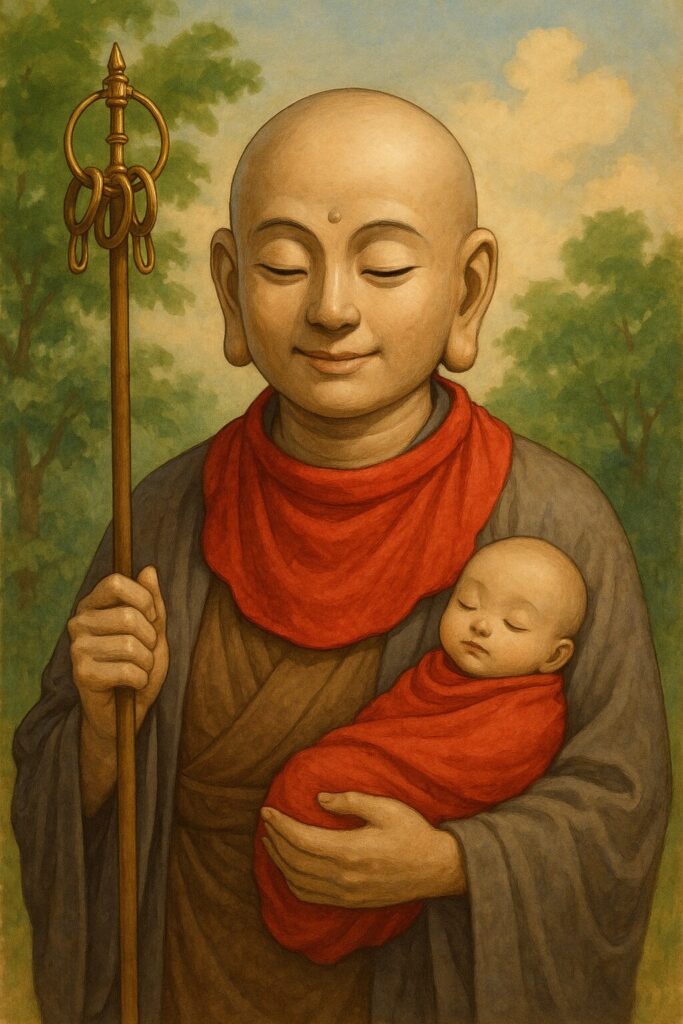
Jizo
The Guardian of Children and Travelers and Lost Souls is a kindly monk-like figure, guiding the souls of deceased children to the afterlife. Statues of Jizo, often wearing red bibs, can be found all over Japan.
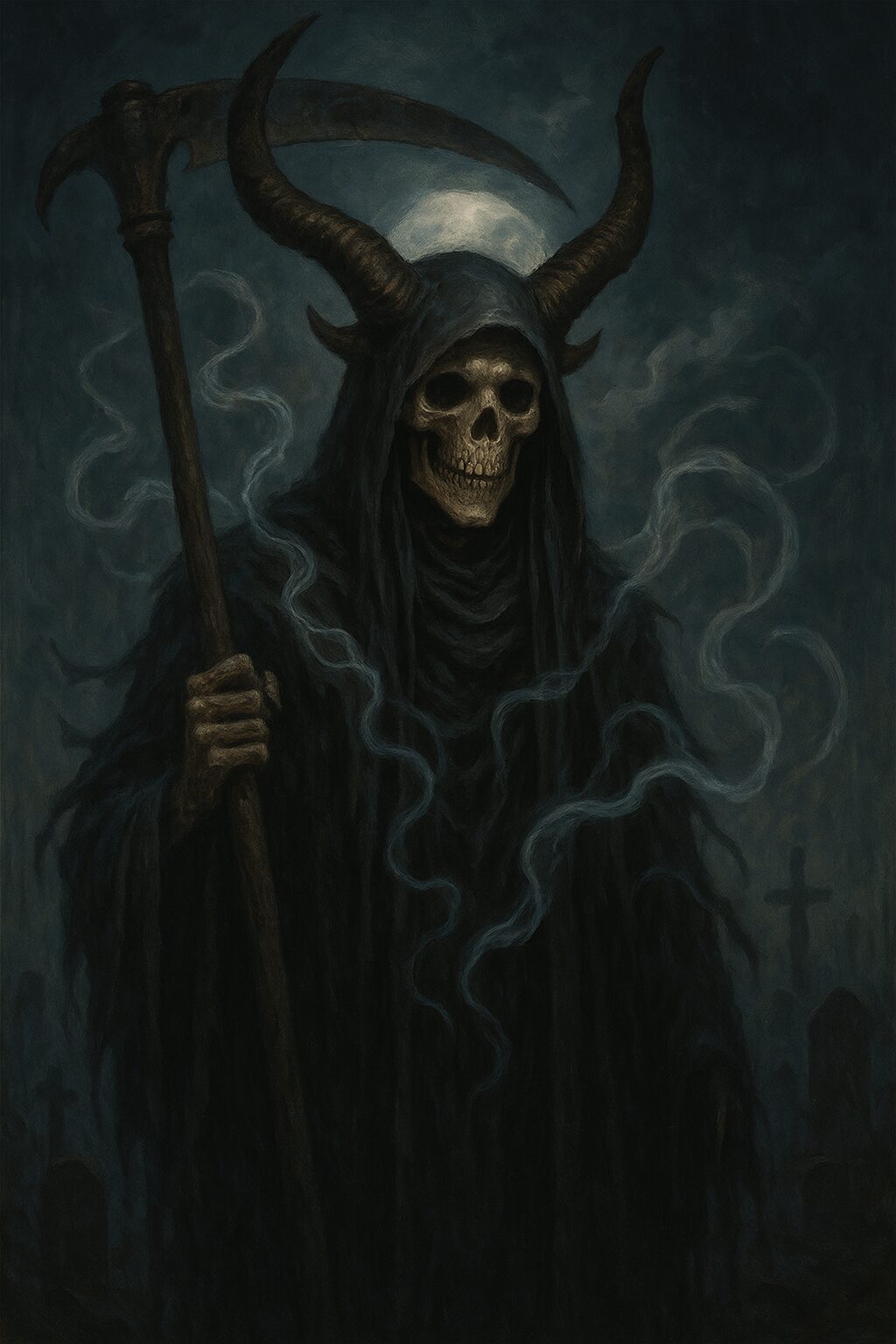
Shinigami
The Gods of Death are spiritual beings that guide souls to the afterlife. They escort souls to their final destination.